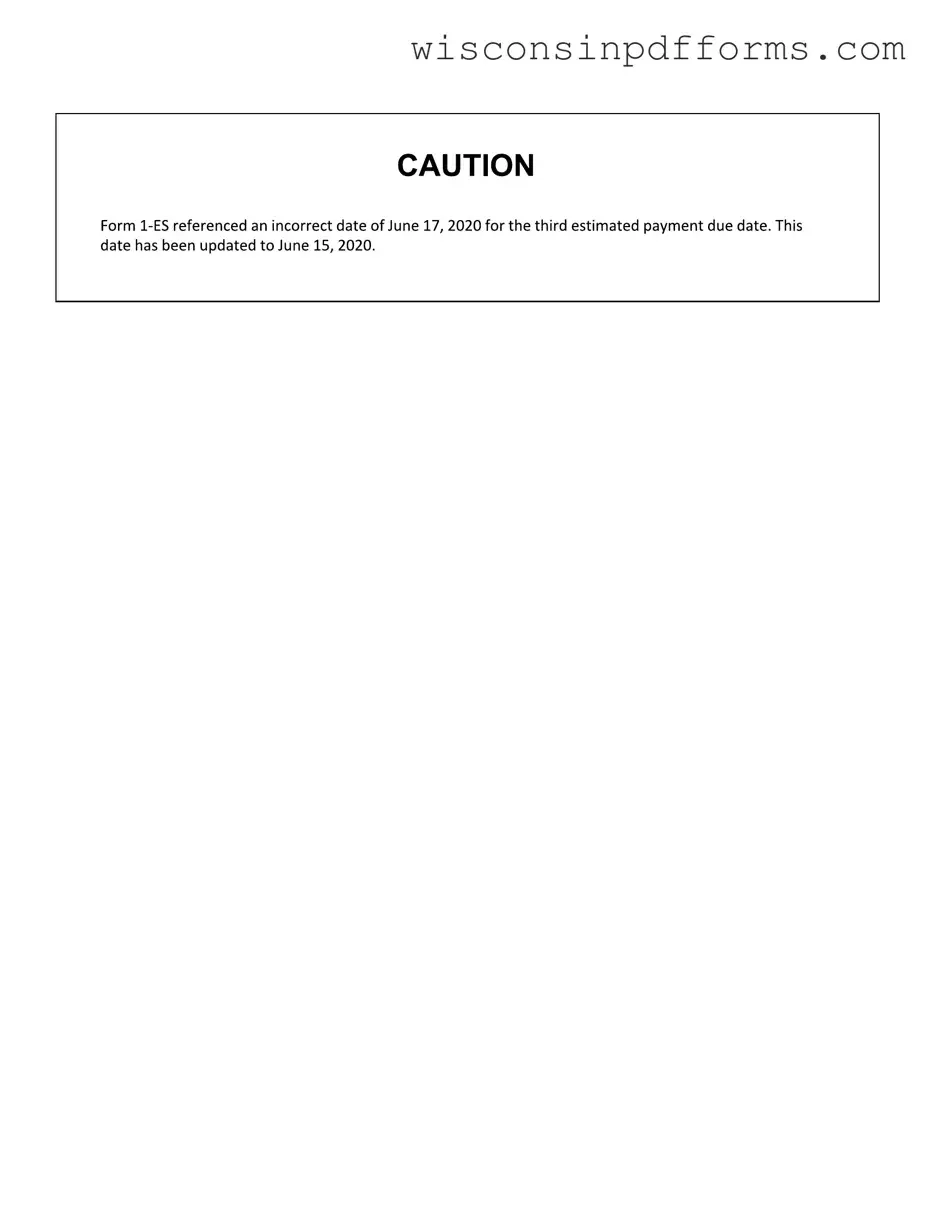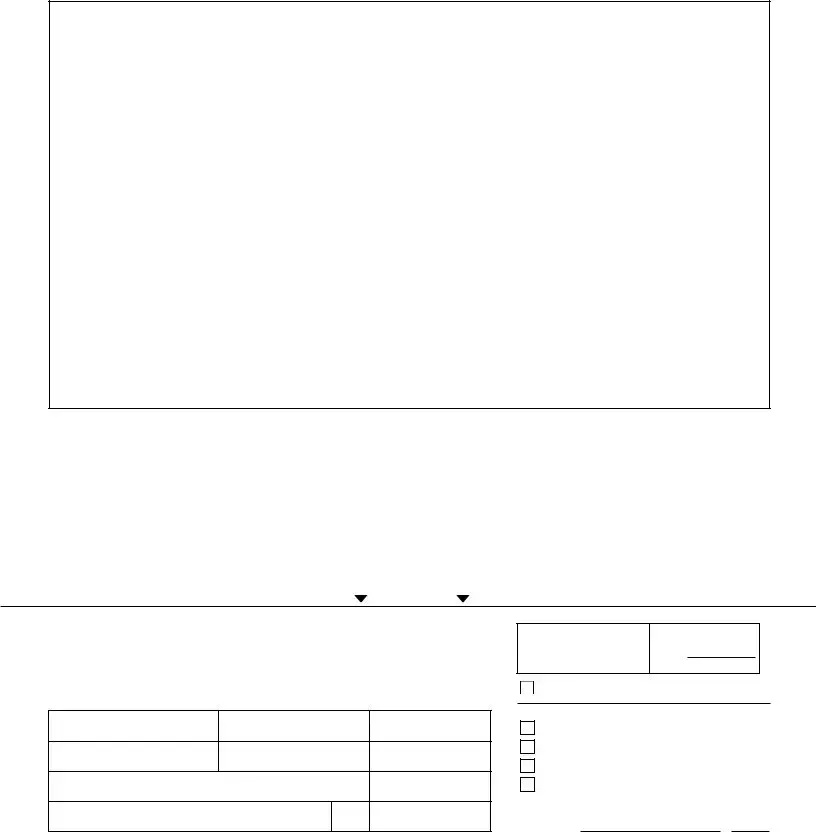The Wisconsin 1-ES form plays a crucial role in the state's tax system, specifically for individuals and trusts who need to make estimated income tax payments. This form is designed to facilitate timely and accurate payments, ensuring that taxpayers are credited correctly for their contributions. It is important to note that the form has undergone updates, including a correction to the due date for the third estimated payment, which is now set for June 15, 2020, rather than the previously stated June 17. When using the personalized Form 1-ES voucher, taxpayers must enter their information online rather than completing a blank voucher by hand. This process generates a unique numeric string that corresponds to their personal details, including social security numbers or FEIN for trusts. Adhering to the specific instructions is essential; for instance, the correct year must be indicated, as using a voucher from a different year can lead to misallocated payments. Furthermore, payments should be sent directly to the Wisconsin Department of Revenue, without attaching any additional forms. The form also provides options for individuals filing jointly and offers a space for correcting addresses if needed. Overall, understanding the nuances of the Wisconsin 1-ES form is vital for ensuring compliance and avoiding potential issues with tax payments.


